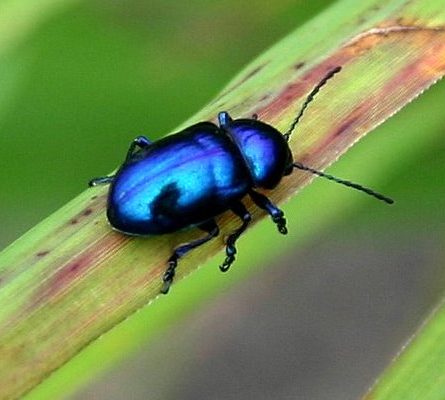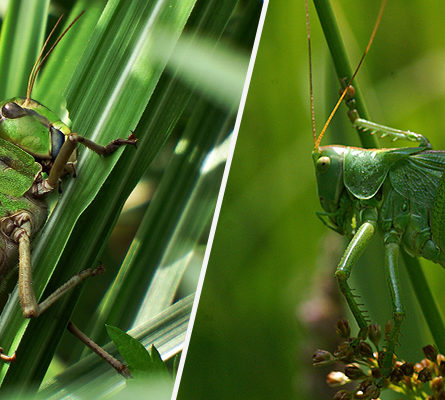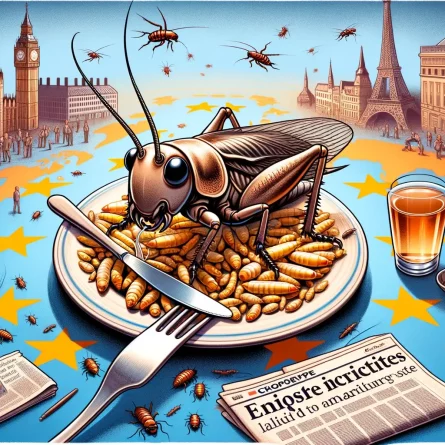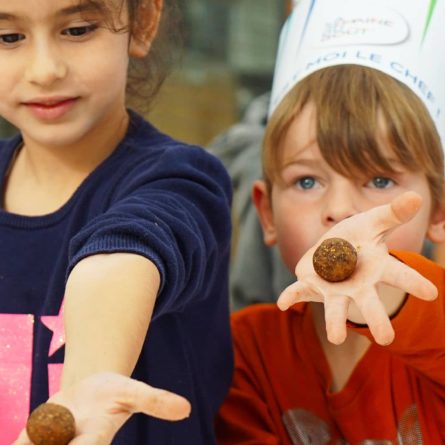The world’s health day is on 7th of April. Hippocrates said that « If we could give every individual the right amount of nourishment and exercise, not too little and not too much, we would have found the safest way to health. »
We can add that’s not only the quantity that counts but also the quality.
Today, it’s truer than ever, since, among the 10 first causes of deaths worldwide, 5 are related to food.
Among the different countries, the food-related health problems are not the same. There are now more people suffering from obesity than malnutrition. With a growing population, how could we feed the world in a healthy and sustainable way?
Since 2011, FAO emitted the solution of edible insects.High in proteins, vitamins, minerals and require few resources to be bred, eating insects could be a solution to answer this global issue.
That’s why at JIMINI’S, we set the mission to raise awareness about the benefits of edible insects. But because we don’t want to force anybody to eat insects, we incorporated insects in some tasty products of our daily lives: Crispy grasshoppers, enriched pasta and granolas and bars enriched with cricket powder.
Why eat insects can improve and maintain our health? That’s what we will discover today!
Why eating edinle insects in Europe ?
The idea of eating insects in Europe is growing and is getting slowly but surely in the mind of people.
But after all, why putting insects on the menu as we know that many people are still not ready to eat them?
Today in Europe and US, we are more touched by health issues related to obesity and overnutrition than a lack of food.
Among the different food choice we have, edible insects are high in proteins and essential fatty acids.
Those elements are necessary for certain functions of our bodies. Edible insects contain high proteins, they are packed with all the essential amino acids and are well absorbed by the body. Proteins help maintain and improve our fat-free mass and bring satiety.
Essential fatty acids, need to be brought every day by our food. They maintain a healthy brain system and cardiovascular system. Crickets are particularly high in Omega-3.
Even if we don’t lack food, many people in Europe suffer from hidden malnutrition.
That’s not the quantity the problem, but the quality! Some essential vitamins and minerals are not present in sufficient amount.
Les carences peuvent avoir pour conséquence un effet de fatigue générale, un manque d’énergie, des maux de tête ou ostéoporose. Ces carences peuvent être difficiles à diagnostiquer chez le patient. On estime par exemple que 15% de la population agée de plus de 60 ans peut présenter une carence en vitamine B12.
B12 vitamin has a special status because it can only be found in animal products, vegetarians and vegans are more prone to a deficiency in this nutrient.
But crickets are especially high in B12!10gr of cricket powder cover 100% our daily needs of B12 vitamin.
Ready for some exercise and refuel your body with a protein bar enriched with cricket powder?
Eating insects in developing countries to fight malnutrition
If eating insects is a healthy and nutritious alternative in Europe, in other countries edible insects can be a solution against malnutrition.
In some countries in Africa and South-East Asia, edible insects represent a necessary food source for some populations.
Women and children are the most at risk to suffer from malnutrition. As they have special nutritional requirements and are more vulnerable, insects consumption can provide the essential nutrients.
Still collected in nature, several local breeding systems are currently elaborated and are starting to be operational. Insects will, therefore, be available all year round and in sufficient amount.
As an example, the first insect farms will soon be ready in Cameroon. Palmworms contain more than 20% of proteins and 30% of lipids for a total of 550kcal per 100 grams.
Eating these insects even in small quantity could bring a large part of the necessary energy. Considering that 30% of the children living in Cameroon are suffering from chronic malnutrition, the development of insect consumptions present many benefits.
Not only full of proteins, lipids and calories, edible insects contain a large amount of zinc and iron.
Iron and zinc deficiencies are among the most prevalent causes of malnutrition. Besides causing anaemia, they weaken organisms and make people suffering from those deficiencies more prone to illnesses and infections.
There are more than 800 Million people worldwide who can suffer from anaemia caused by iron deficiency and close to 26% of the population of Subsaharian Africa possibly touched by zinc deficiency.
When we consider that 100 grams of palmworms contain more than 80% of iron daily intake and 95% of zinc daily intake, the development of those farms will have a positive impact on the population’s health.
As these insects are already traditionally consumed, there is no problem of acceptation.
The tiny impact of farming edible insects
In order to be brought to our plate, every food needs energy and resource for being produced. Whereas it comes from plants or animals, water and energy are required and that’s not the products we could think of that needs the most water!
For more information, take a large glass of water and dive into our article dedicated to the environmental impact of our food and water!
Pesticides can be used and greenhouse gases can be released. These products have an impact on the environment and biodiversity but also human health.
As an example, cows during their digestion release a large quantity of methane into the atmosphere. Methane in high concentration can have an adverse effect on the respiratory system.
For porks, that’s the ammonia that causes some issues. It is present in the manure and could irritate eyes, nose and the respiratory system.
Depending on the concentration of the gases, they can have a direct or a long term impact. People working in farms or living close to them are the most susceptible to be impacted by the direct effects.
Insect farming emits 95% less methane and ammonia than other farming systems. Insect frass can even be used as fertilizer.
Despite all the nutritional and environmental benefits of edible insects, they must be part of a global healthy diet full of fruits and vegetables. Moreover, it is important to consider that people allergic to shellfish could be allergic to insects.
Otherwise, don’t hesitate to jump on this food revolution! Why not try cooking insects? We have delicious recipes with edible insects to guide you!
Sources :
– Unicef
– FAO
– Are edible insects more or less ‘healthy’ than commonly consumed meats? A comparison using two nutrient profiling models developed to combat over and undernutrition – European Journal of Clinical Nutrition (2015), 1–7 – Payne P et al.
– Environmental Impact of the Production of Mealworms as a Protein Source for Humans – A Life Cycle Assessment (2010), Plos One – Oonincx et al.
– An Exploration on Greenhouse Gas and Ammonia Production by Insect Species Suitable for Animal or Human Consumption (2012)- Plos One – Oonincx et al.
– A systematic review of nutrient composition data available for twelve commercially available edible insects, and comparison with reference values – Trends in Food Science & Technology (2015) Payne






Soyez le premier à laisser un commentaire